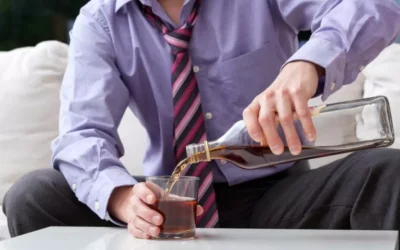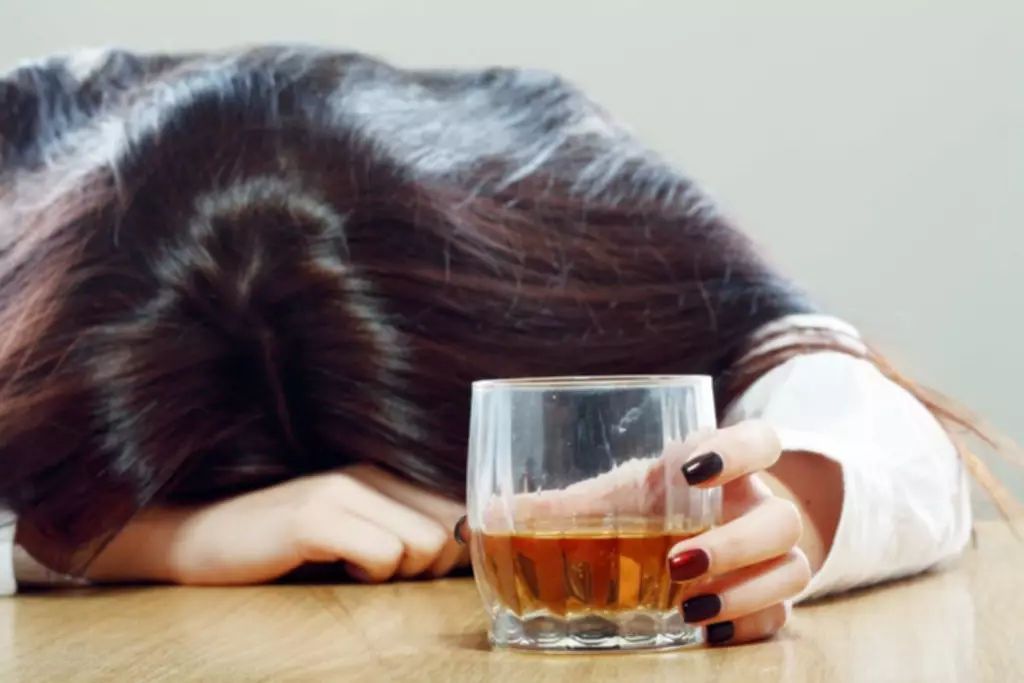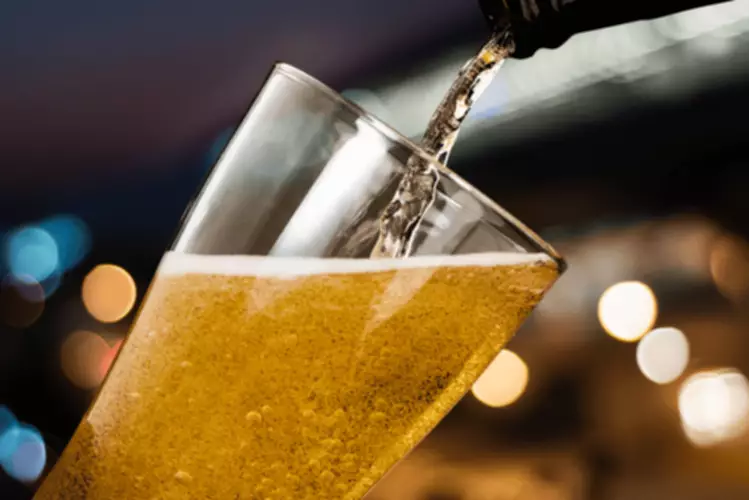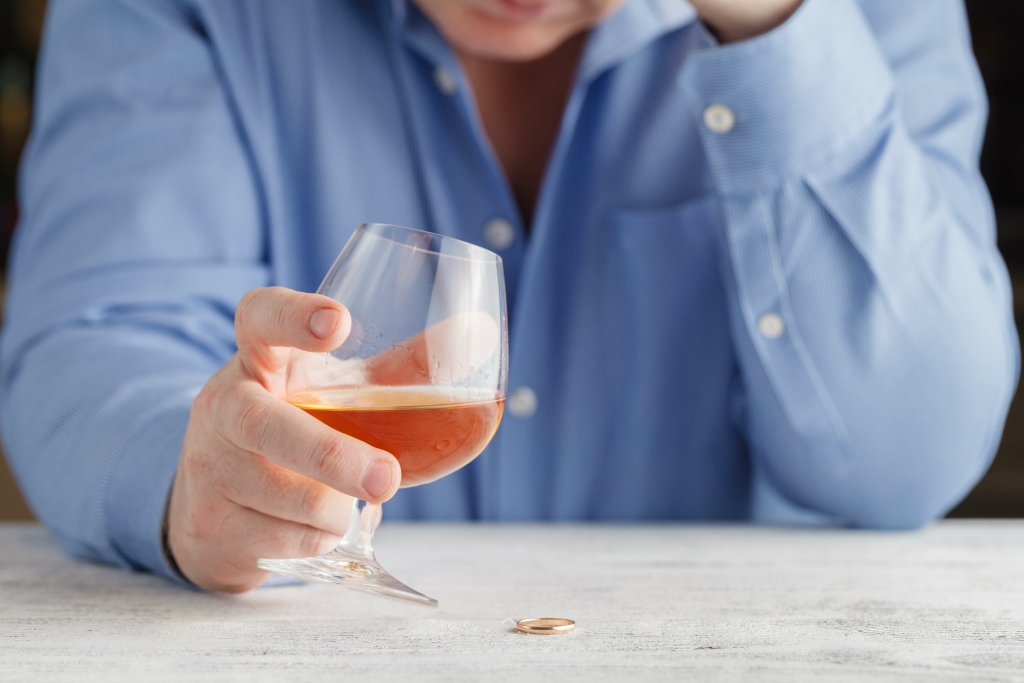You can also instantly check the insurance coverage offered by your health insurance provider. This site is for informational purposes only and is not a substitute for medical advice, diagnosis, or treatment. It should not be used in place of the advice of your physician or other qualified health providers.
Outlook for people with MDMA use disorder
During this period, individuals may experience increased depression and memory problems, along with cravings and insomnia. While these symptoms mirror those of ecstasy withdrawal, the primary difference lies in their onset. Withdrawal symptoms typically arise after stopping the drug following prolonged use, whereas comedown effects can occur even after just a single episode of ecstasy use. Understanding this distinction is crucial for recognizing the patterns of ecstasy use and effectively addressing its after-effects. As reported by the Drug Abuse Awareness Network (DAWN), emergency room visits for ecstasy-related complications exceed 250,000 annually. These incidents often involve physical issues like heatstroke and severe dehydration.
Understanding MDMA Withdrawal: Symptoms, Timeline, and Treatment
- If you are someone you know is experiencing substance addiction or withdrawal, help is available.
- The side effects were also transient, occurring primarily under the supervision of medical professionals in controlled clinical settings.
- But genetics on their own don’t control whether a person has an alcohol use disorder.
The withdrawal phase typically starts 2–4 days after the last amphetamine use and 1–2 days after the last cocaine use. The withdrawal symptoms gradually decrease over 2–4 weeks for amphetamine and 1–2 weeks for cocaine, although some symptoms persist during the extinction phase/protracted withdrawal. MDMA’s impact on brain chemistry, specifically the depletion of serotonin, can lead to mood disturbances, depression, and cognitive impairments.
Ecstasy Addiction Treatment Types
Serious withdrawal reactions may be present, such as tachycardia, cyanosis and convulsions (Cowe et al., 1982; Bloem et al., 1999; Haddad, 2001; Hudak et al., 2012; ter Horst et al., 2012) and label Anafranil (2014). Withdrawal from stimulant drugs is generally not medically dangerous; however, depressive symptoms with suicidal ideation or behaviour may occur and are generally the most serious problems seen during the stimulant withdrawal (APA, 2013). Copersino et al. (2010), in a study that evaluated sociodemographic characteristics of the cannabis withdrawal experience, reported that women were more likely than men to report physical withdrawal symptoms. Also, during cannabis withdrawal women reported more symptoms of upset stomach but significantly fewer instances of craving or increased sex drive compared with men. Pesce et al. (1994) reported sex differences in withdrawal symptoms of intact and castrated mice that were first treated with subcutaneously implanted pellet of diazepam and then underwent precipitated withdrawal with flumazenil injection. Both sexes experienced seizures and jerks; however, seizures were more pronounced in females.

Jenn is a Canadian writer and poet with a background in psychology, sociology, and natural health. She is the founder of The Master in You, a mental wellness site that provides information about the role that thoughts and emotions play in our physical and emotional health. Jenn is passionate about inner growth and the power of the mind-body connection, and this informs her writing and research on addiction treatment.
- Substance withdrawal—a syndrome with physical, behavioral, and cognitive symptoms that happens when a person stops using a substance after regular use—is one reason people struggle with this.
- Contact a treatment provider today for help finding an ecstasy addiction treatment program.
- The manuscript also describes details of evaluation of dependence and withdrawal in clinical trials for drugs that are being developed.
- This form of therapy involves the administration of MDMA in a controlled, clinical setting to assist in the psychotherapeutic process.
- MDMA withdrawal often includes physical symptoms such as fatigue, nausea, headaches, muscle pain, tremors, chills, upset stomach, and decreased appetite.
- A medical detox program provides a controlled, safe environment where individuals can withdraw from MDMA under the supervision of addiction medicine professionals.
Also, some withdrawal symptoms were more frequent in women versus men, including hypersomnia (77.2% versus 64.8%), fatigue (77.5% versus 70.3%). However, further research studies with humans, males and females, are needed to investigate sex and gender variables that influence the various conditions affected by opioids, including treating pain, occurrence of adverse events and development https://ecosoberhouse.com/ of addiction (Koons et al., 2018). People experiencing addiction and going through substance withdrawal can benefit from the support of friends and family. This support can help with both the physical symptoms of withdrawal and the psychological side of addiction. Cocaine is a highly addictive stimulant drug that increases dopamine (the “happy” chemical in the brain).
Withdrawal Timeline
The effects of MDMA withdrawal can produce overwhelming depression and anxiety that impacts users long after the drug physically leaves their system. Abusing multiple drugs can cause a more uncomfortable and complicated withdrawal, since the body will be detoxing from several substances at the same time. The MDMA crash can last for several days or weeks.8 In an effort to alleviate some of these symptoms, people may How Long Does MDMA Stay in Your System use marijuana or other drugs during this time. Despite the discomfort of the crash, people who have struggled with compulsive MDMA use may again return to the drug, repeating the pattern. Following Ecstasy use, the brain becomes depleted of serotonin, which can lead to disturbances in mood, sleep, and appetite.3 Those in withdrawal may be at a risk of relapse to avoid these uncomfortable or distressing symptoms.

Other symptoms may include fatigue, loss of appetite, and difficulty concentrating. People who have developed tolerance or addiction to drugs may also experience more severe withdrawal symptoms such as agitation and confusion that require immediate attention. MDMA withdrawal often includes physical symptoms such as fatigue, nausea, headaches, muscle pain, tremors, chills, upset stomach, and decreased appetite.
Experiential Therapy
Coping With Drug Withdrawal Diarrhea and Stomach Pain – Verywell Mind
Coping With Drug Withdrawal Diarrhea and Stomach Pain.
Posted: Tue, 30 Aug 2022 07:00:00 GMT [source]




